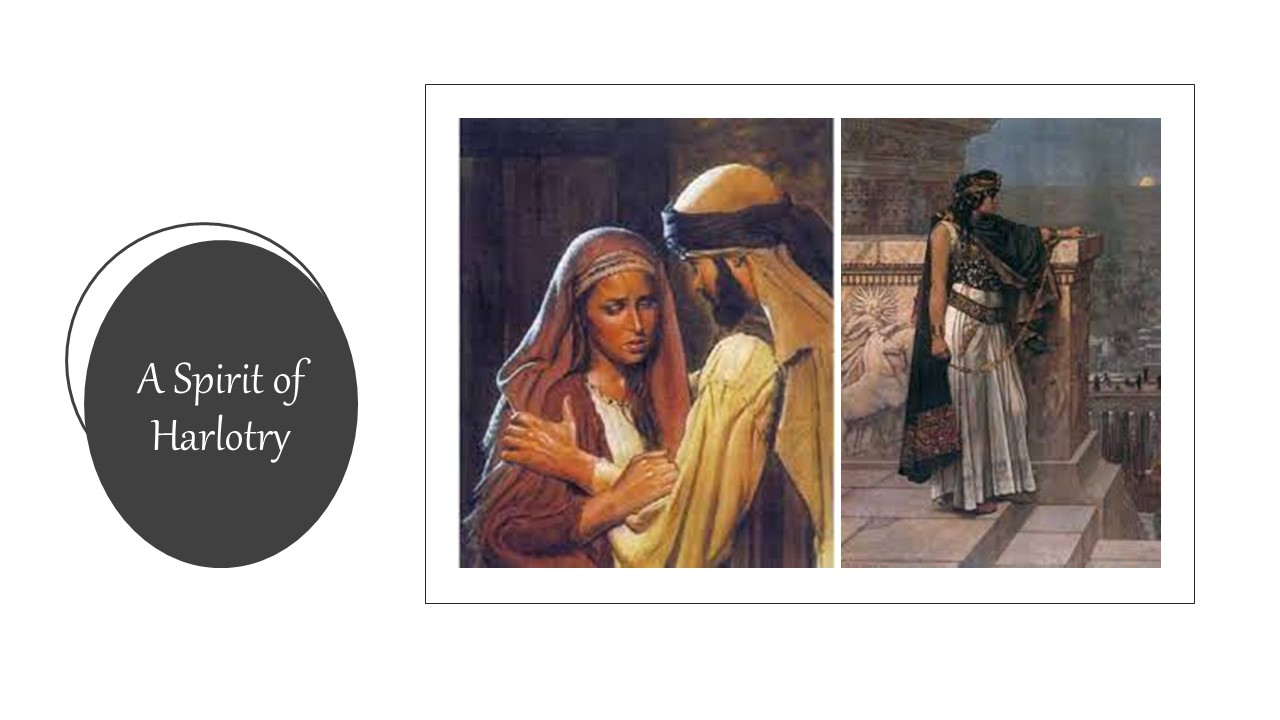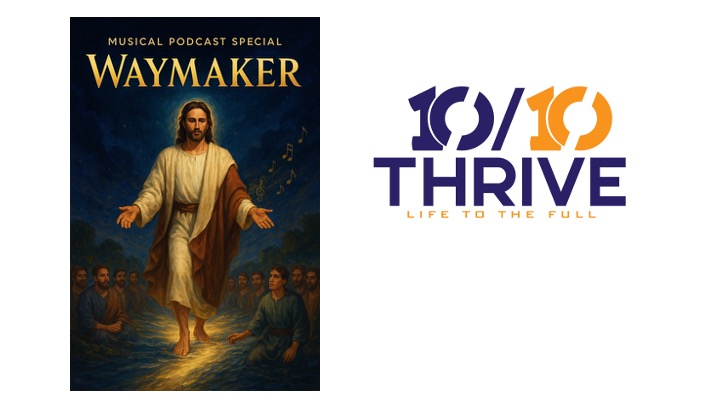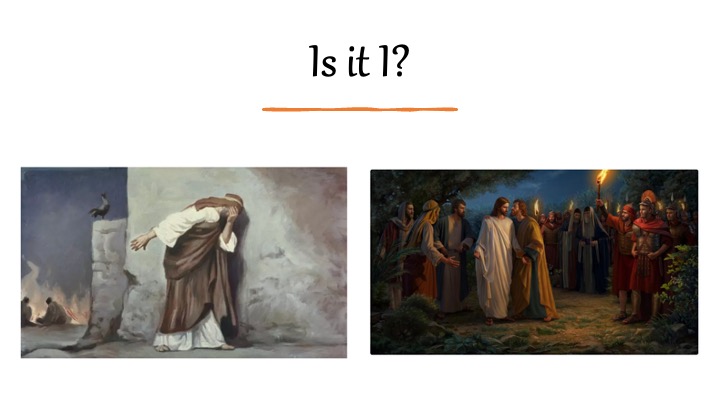In the parched landscape of exile, Ezekiel's prophecies bloom like desert flowers, painted with vibrant imagery of cosmic battles and divine judgment. Centuries later, John of Revelation echoes these themes, weaving a tapestry of symbolic creatures, fiery pronouncements, and ultimate restoration. Both prophets unveil a transcendent God, intimate yet demanding, offering glimpses of a new Jerusalem bathed in radiant light.
Their visions, though cloaked in apocalyptic imagery, are not harbingers of doom, but promises of hope. We see judgment not as retribution, but as a purifying fire, and the Lamb as a wounded healer bridging the chasm between us and God. The call to transformation rings loud, urging us to become living temples, radiating God's love and justice in a world fractured by sin and conflict.
We stand, like them, at a threshold. Challenges abound, mirroring the cosmic battles and fiery pronouncements in their visions. Yet, within their echoes lie whispers of redemption and calls to action. We are reminded that even in the darkest valleys, God remains present, guiding us through quiet moments of prayer and acts of kindness.

The people reject the voice of the Living God and turn to “wooden idols.” This betrayal of Yahweh has put the people, as well...

Part 5 of Waymaker opens with powerful Scripture affirmations of Jesus as the giver of eternal life and the One who rescues us from...

Mark 14:17-21, “And when it was evening, he came with the twelve. And as they were reclining at table and eating, Jesus said, “Truly,...